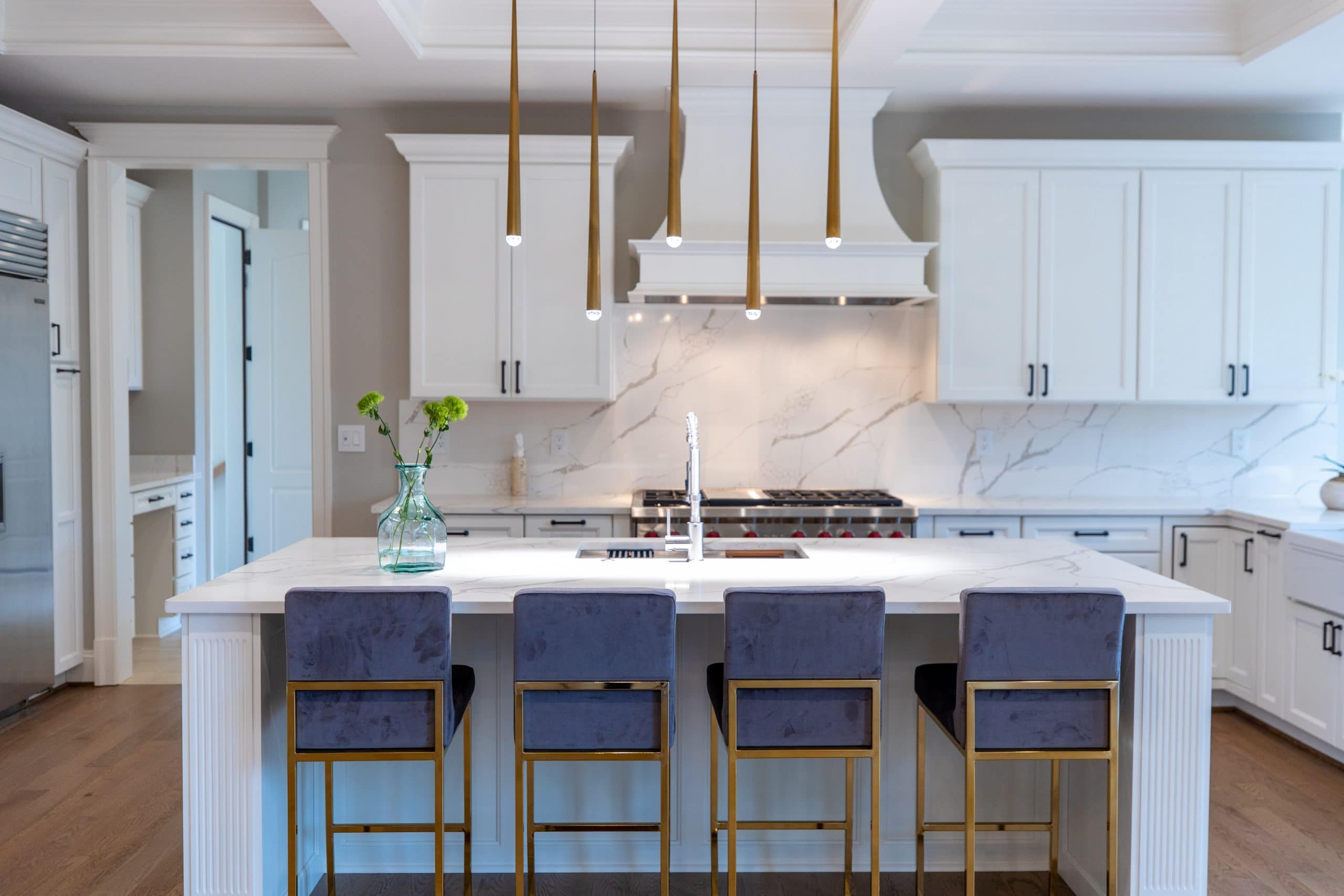Home renovation can be a rewarding adventure, offering the chance to rework your home into a reflection of your unique preferences and desires. However, it is common to become overwhelmed by the variety of options and potential pitfalls in this endeavor. From selecting the right colors and supplies to deciding between self-made projects and contracting a contractor, managing the remodeling process demands careful planning and attention.
In this guide, we will discuss common mistakes that property owners often meet and offer valuable insights on how to prevent them. Regardless of whether you are planning to refresh your cooking space, revamp your restroom, or build a more functional basement, comprehending the nuances of home remodeling can save you effort, cash, and trouble. Let’s explore the key hints that will help ensure your renovation undertaking proceeds without a hitch and successfully.
Preparing Your Home Renovation
Efficiently preparing a home remodel begins with defining clear goals. Determine what spaces you wish to renovate and the reasons behind your renovation. If you seek to improve functionality, enhance aesthetics, or boost property value, having a definitive vision will direct your decisions throughout the process. A well-defined plan serves as a guide, assisting you rank tasks and handle time effectively while keeping your budget in check.

Next, do extensive research on expected costs and materials. Understanding the financial aspects can substantially impact your choices, whether you aim for a full renovation or minor upgrades. Look into popular trends and find inspiration from multiple sources, such as magazines, online platforms, and showrooms. This knowledge will enable you to balance your desires with budget constraints, ensuring that you make knowledgeable choices that correspond with your vision.
Lastly, consider whether or not to take on the project yourself or hire a professional. Comparing DIY options against expert assistance can be decisive in avoiding common home remodeling mistakes. If you opt to go the DIY route, ensure you have the required skills and tools for the job. On the other hand, if you decide on a contractor, seek out credible professionals with knowledge in the specific type of remodel you are performing. Thoroughly evaluate your choices, inspecting references and reviews, to ensure the best outcome for your home remodel.
Budgeting for Your Home Remodel
A strategically designed budget is essential for the success of any home remodeling project. Start by determining how much you can practically afford to invest, factoring in your financial reserves and any potential loans. Consider creating a financial plan to list all your planned costs, including supplies, work costs, licensing fees, and unexpected costs. This will help you maintain a concise overview of your financial commitments throughout the remodeling process.
To avoid excessive spending, distinguish your requirements versus desires. Focus on the important upgrades that will enhance functionality and beautify your living space. her explanation for multiple materials and labor in your area, as prices can differ significantly based on location and quality. Don't forget to set aside a backup budget, typically around 10 to 20 percent of your entire budget, to manage unforeseen expenses that often arise during renovations.
Finally, keep in mind that being flexible can cut you expenditures. If you encounter budget constraints, consider modifying your plans or timeline. Instead of choosing premium finishes, look for cost-effective alternatives that still provide the preferred look and feel. By staying systematic and flexible, you can effectively navigate your remodeling project while keeping finances in check.
Styles and Elements to Consider
As you plan your home remodel, it’s important to keep an focus on new trends that can improve both practicality and design. In 2024, there is a significant focus on green materials and power-saving solutions. Homeowners are progressively seeking recyclable options such as reused wood, low-VOC paints, and green appliances. Incorporating these features not only helps in cutting your carbon emissions but can also lead to substantial savings on energy expenses in the term.
Another essential trend is the blending of smart home technology into remodels. Features like smart lighting, connected thermostats, and home protection systems are becoming crucial for modern living. These improvements not only add convenience but also increase your home's value. When considering your remodel, explore how you can blend these smart features effortlessly into your plan, enhancing both comfort and ease of use.
Finally, consider the value of flexible living spaces. With more people working from home and spending time indoors, designing multifunctional spaces is crucial. Open floor plans that flow from one area to another can make your home feel more roomy and functional. Additionally, elements like integrated storage solutions, multi-purpose rooms, and outdoor living improvements can greatly improve your quality of life. Focusing on flexibility in your remodel will ensure that your space fulfills your needs at present and in the long term.
